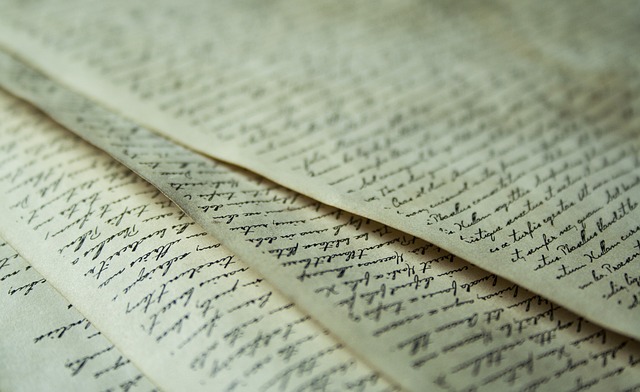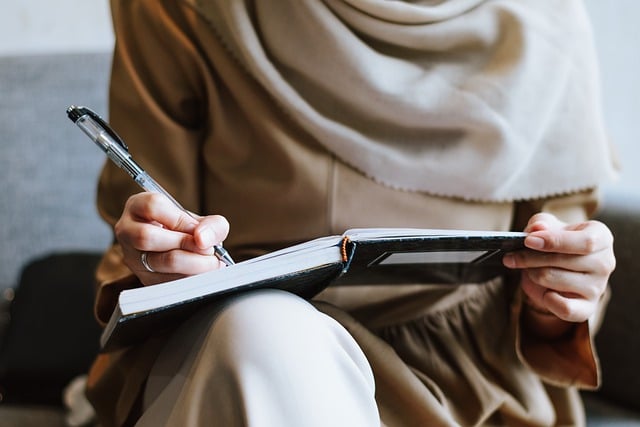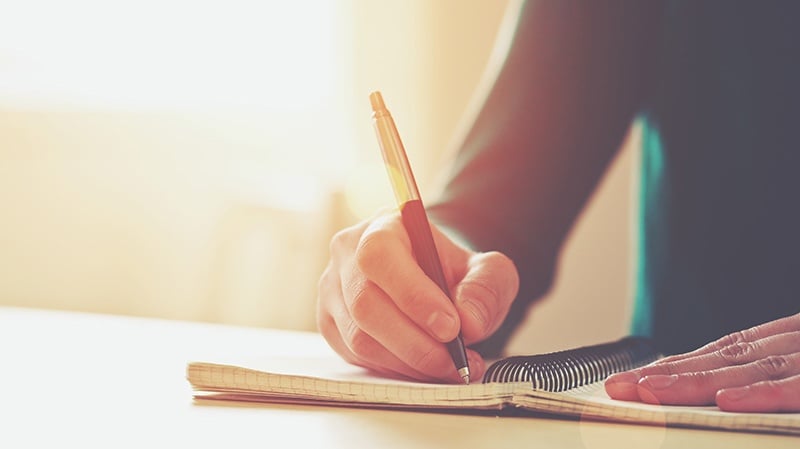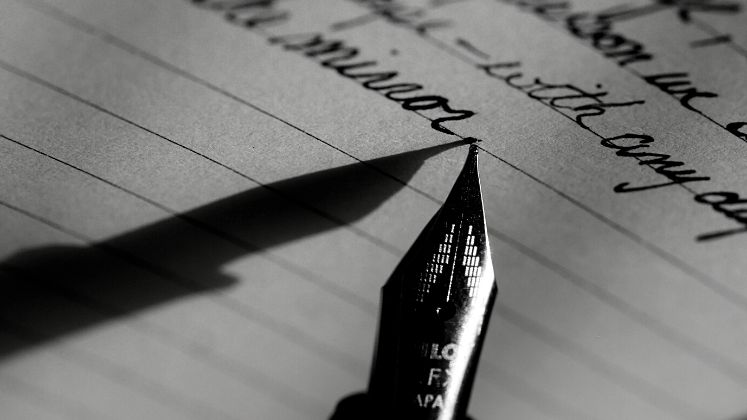
Are you ready to tap into the limitless potential of your poetic voice? Look no further!
In this article, we will explore 11 essential poetry writing tips that will help you unleash your muse and elevate your craft to new heights.
From the power of metaphor and simile to the importance of rhythm, meter, and imagery, we will delve into the artistry of poetry, empowering you to create captivating and evocative verses.
Get ready to embark on a journey of creative freedom and self-expression!
Masterfully unleashing the power of symbolic language, poets can create profound and evocative metaphors that resonate deeply with readers. Through the skillful use of symbolic language techniques, such as metaphorical expression, poets are able to paint vivid images and convey complex emotions in a way that captivates the imagination.
Metaphors, in particular, serve as powerful tools, allowing writers to connect seemingly unrelated concepts and ignite a spark of understanding within the reader. By comparing one thing to another, poets can evoke a range of emotions and invite readers to explore new perspectives.
Symbolic language not only adds depth and richness to poetry but also allows for a personal and subjective interpretation of the text. It grants freedom to the reader to find their own meaning within the metaphorical tapestry woven by the poet's words.

Crafting Captivating Similes: Elevate Your Descriptions
Utilize the art of crafting captivating similes to enhance the depth and vividness of your descriptions, elevating your poetry to new heights. Similes are powerful tools that allow you to compare two seemingly unrelated things, creating a bridge between the known and the unknown. By exploring vivid metaphors and crafting captivating imagery, you invite your readers to embark on a journey of discovery and imagination.
Incorporating similes into your poetry adds layers of meaning and complexity, enriching your verses with evocative descriptions. They breathe life into your words, painting a picture in the minds of your readers. Like a master painter, you can use similes to add depth, texture, and emotion to your poem, creating an immersive experience for your audience.
Crafting captivating similes requires a keen eye for detail and a playful imagination. Look for unexpected connections between objects or ideas, and experiment with different comparisons. The more unique and original your similes, the more they will captivate your readers and leave a lasting impression.
Finding the Perfect Rhythm: Creating a Melodic Flow
To achieve a harmonious and melodic flow in your poetry, it is essential to master the art of finding the perfect rhythm. Harmonizing syllables and achieving a balanced cadence is the key to creating a musicality that resonates with readers.
Just as a composer carefully arranges notes to create a symphony, a poet must carefully arrange words and phrases to create a rhythmic masterpiece. Each syllable carries its own weight, contributing to the overall melody of the poem.
Unleashing the beat, exploring the musicality of poetry, allows for a freedom of expression that transcends ordinary language. It is through rhythm that a poem comes alive, breathing and pulsating with its own unique energy.
The Art of Meter: Adding Structure to Your Verses
Meter, the rhythmic structure of poetry, is like the invisible skeleton that gives form and shape to verses. It creates a sense of musicality, guiding the reader's experience and enhancing the poetic flow.

Rhythmic Impact in Poetry
One of the key aspects to consider when crafting poetry is the rhythmic impact, which involves adding structure to your verses through the art of meter.
The exploration of musicality, the influence of rhythm and meter in poetry, allows the words to dance on the page, creating a symphony of emotions.
By carefully selecting the right meter, whether it be iambic, trochaic, or anapestic, poets can create a natural flow that captivates the reader's ear.
Additionally, the impact of repetition, using patterns and refrains, serves to enhance the poetic flow. Repetition can create a sense of familiarity, allowing the reader to connect with the words on a deeper level. It adds a melodic quality to the poem, creating a harmonious experience for the audience.
Through the perfect blend of rhythm, meter, and repetition, poets can truly unleash the power of their words.
Enhancing Poetic Flow
The use of meter in poetry is an essential technique that adds structure and enhances the poetic flow of verses. It allows poets to create a rhythmic pattern that guides the reader through the poem, creating a sense of musicality and harmony.
However, enhancing the poetic flow goes beyond just following a specific meter. It involves experimenting with line breaks and punctuation to create pauses, emphasize certain words or phrases, and create a sense of rhythm and movement within the poem.

Exploring line breaks can give the poem a visual and auditory impact, allowing the reader to pause and reflect on the words. Experimenting with punctuation can create a sense of breathlessness or urgency, or even add a touch of drama to the verses.
Exploring Imagery: Painting Vivid Pictures With Words
As writers delve into the realm of poetry, exploring imagery through the artful use of metaphor, simile, and descriptive language becomes an essential tool for painting vivid pictures with words.
By evoking sensory experiences, engaging all five senses in descriptive language, poets can transport their readers to new worlds of sight, sound, taste, touch, and smell. The scent of freshly bloomed roses, the sound of crashing waves, the taste of sweet summer strawberries—all can be brought to life through skillful word choice and sensory descriptions.
Additionally, using vivid metaphors allows poets to infuse their imagery with unique and unexpected comparisons, creating a tapestry of thoughts and emotions that captivate the reader's imagination.
Like a painter's brush on a canvas, poetry allows for freedom of expression, where words become colors and images leap off the page.
Playing With Alliteration: Enhancing Sound and Style
During the process of crafting poetry, writers can experiment with alliteration to elevate the auditory experience and refine their unique style. Alliteration, the repetition of consonant sounds at the beginning of words, adds a musical quality to verses, creating a captivating and memorable effect. It allows poets to create a rhythmic pattern that resonates with the reader or listener, enhancing the overall impact of their work.
Furthermore, alliteration can be used in conjunction with other poetic devices, such as rhyme and meter, to create a harmonious blend of sound and meaning. By exploring the art of onomatopoeia, adding sound effects to their verses, poets can further enhance the sensory experience for their audience. The beauty of repetition lies in its ability to create lyrical patterns in poetry, adding a melodic quality that lingers in the mind of the reader long after the words have been spoken or read.

Through alliteration, poets can truly unleash the power of sound and style in their work, creating a symphony of language that captivates the imagination and sets their poetry apart.
Embracing Enjambment: Breaking the Rules for Impact
While enjambment is often seen as breaking the traditional rules of poetry, it can be a powerful technique for creating impact and conveying complex emotions. By breaking boundaries and defying the expected line breaks, enjambment adds an unconventional impact to poetry, allowing for a more fluid and seamless flow of thoughts and emotions. It challenges the reader to think beyond the confines of traditional structure and encourages a sense of freedom and exploration.
Embracing enjambment opens up possibilities for new connections and juxtapositions within a poem, creating a dynamic interplay between words and ideas. With enjambment, the poet can stretch language to its limits, pushing the boundaries of meaning and leaving room for interpretation. It is a rebellion against the rigidity of form and a celebration of the boundless potential of expression.
In embracing enjambment, poets can unleash a powerful force that sparks the imagination and resonates deeply with the reader.
Unleashing Emotion: Tapping Into the Power of Pathos
One can tap into the power of pathos by employing various literary devices and techniques within their poetry. Unleashing emotion through the written word is a powerful tool that allows the poet to connect with their readers on a deep and profound level.
Harnessing vulnerability, the poet opens themselves up to the world, inviting others to empathize with their experiences, their pain, and their joy. Through carefully chosen words and vivid imagery, the poet cultivates empathy, stirring emotions within the reader's own heart.
The power of pathos lies in its ability to transcend barriers, to bridge the gap between individuals, and to create a shared understanding of the human experience. It is through this connection that poetry becomes a transformative force, leaving a lasting impact on both the poet and the reader.

Creating Contrast: Balancing Light and Dark in Your Poetry
In the realm of poetry, the interplay between light and dark is a dance of symbolic shades, where each hue carries profound meaning.
Crafting a poem that balances light and dark evokes an emotional dichotomy, an exquisite tension that captivates the reader's soul.
It is in this delicate balance that the true essence of poetry resides, where contrasting elements harmonize to create a tapestry of beauty and depth.
Symbolic Shades of Meaning
The careful use of contrasting imagery can add depth and complexity to your poetry, allowing you to explore the symbolic shades of meaning between light and dark. By utilizing symbolic colors and metaphorical depth, you can create a rich tapestry of emotions and ideas that resonate with your audience.
Consider the following nested bullet point list to convey a deeper meaning:
Light
Radiant sunbeams illuminating the path of hope

Gentle glow of a candle, symbolizing warmth and solace amidst darkness
Dark
Inky shadows, representing the unknown and fear
The velvety night sky, a canvas for dreams and introspection
Through the interplay of light and dark, you can evoke a sense of balance and contrast, capturing the essence of life's complexities. The juxtaposition of these symbolic shades of meaning allows your poetry to speak to the depths of the human experience, offering both freedom and introspection to your audience.
Evoking Emotional Dichotomy
By exploring the delicate interplay between light and dark, poets can evoke emotional dichotomy and create a powerful contrast in their poetry. This contrast allows for the evocation of conflicting emotions, taking readers on a journey through the depths of human experience.
The intermingling of light and dark in poetic imagery creates a rich tapestry that mirrors the complexities of life itself. Through the juxtaposition of these opposing forces, poets can delve into the emotional depths and reveal the intricate layers of human existence.

The interplay between light and dark unveils the inherent contradictions within our hearts and minds, challenging us to confront our own internal conflicts. It is through this exploration of emotional depth that poets can touch the souls of their readers, inviting them to embrace the paradoxes that make us human and encouraging them to embrace the freedom found in embracing both the light and the dark.
Contrast as Poetic Tension
Utilizing contrast as a poetic device, poets skillfully weave together the abstract elements of light and dark, creating a dynamic tension that captivates readers and brings their poetry to life. This symbolic tension serves as a powerful tool for emotional juxtaposition, allowing poets to explore the depths of human experience.
In the realm of poetry, contrast is a masterful technique that adds depth and complexity to the written word. By juxtaposing light and dark, poets create a sense of balance and harmony. The interplay between these opposing forces evokes a wide range of emotions, from joy and hope to despair and sorrow.
Within the realm of light, poets can express moments of transcendence, enlightenment, and clarity. The brilliance of the sun, the gentle glow of a candle, or the twinkle of stars in the night sky all represent the uplifting aspects of life.
In contrast, darkness represents the unknown, mystery, and introspection. It is the shadowy corners of our minds, the depths of our fears, and the complexities of our emotions. Through the use of darkness, poets can explore the complexities of the human experience, delving into themes of loss, grief, and existential contemplation.
By skillfully balancing light and dark, poets create a poetic tension that resonates with readers on a profound level. The contrast allows for a deeper understanding of the human condition, as it illuminates the intricacies of our existence. Through this interplay, poems become a mirror that reflects the complexities and contradictions of life, inviting readers to explore their own emotions and perceptions.
Building Bridges With Symbolism: Unveiling Hidden Meanings
Symbolism's power lies in its ability to reveal deeper layers of meaning within a poem, allowing readers to traverse the bridges connecting the tangible and the abstract. It is like a secret code, a language that speaks in whispers, inviting us to unravel its hidden messages.

Symbolic interpretation is an art, a dance between the poet and the reader. It requires a keen eye, a willingness to dive into the depths of the poet's mind, and a freedom to explore the myriad of possibilities. Each symbol is a doorway, leading us to new understandings and revelations.
It is through the use of symbols that poets can paint vivid pictures in the minds of their readers, evoking emotions and sparking the imagination. Symbolism is the key that unlocks the beauty and complexity of poetry, inviting us to embark on a journey of discovery.
The Power of Word Choice: Selecting the Perfect Vocabulary
Carefully selecting the perfect vocabulary can greatly enhance the impact and effectiveness of a poem. Words have the power to evoke emotions, paint vivid images, and convey complex ideas.
When exploring synonyms, poets can uncover alternative words that add depth and nuance to their work. Wordplay techniques, such as puns and double entendres, can infuse poems with layers of meaning and create a sense of playfulness or irony.
The power of word choice lies not only in the individual words themselves but also in their arrangement and rhythm within a poem. Poets must consider the connotations, associations, and musicality of each word to ensure they resonate with the intended audience.
Frequently Asked Questions
To generate fresh metaphor ideas, one must delve into the realm of unconventional comparisons. By exploring uncharted territories of thought and drawing inspiration from diverse sources, poets can craft unique metaphors that have yet to be explored. This process requires creativity, expressive language, and a desire for freedom.
What Are Some Techniques for Creating Similes That Are Both Vivid and Relatable?
Creating vivid and relatable similes involves exploring unexpected comparisons and striking a balance between familiarity and originality. By drawing upon diverse experiences and using imaginative language, poets can craft similes that captivate readers and evoke powerful emotions.

How Can I Improve the Rhythm of My Poetry to Create a More Melodic Flow?
Enhancing poetic cadence is essential in crafting harmonious verse and creating a more melodic flow in poetry. By carefully considering the arrangement of syllables, emphasis, and pacing, poets can evoke a sense of musicality that captivates and resonates with their audience.
What Are the Different Types of Meter and How Do I Choose the Right One for My Poem?
Different types of meter in poetry can greatly impact the overall tone and rhythm of a poem. By understanding the nuances of each meter, a poet can choose the right one to enhance the desired effect and create a harmonious flow of words.
How Can I Effectively Use Symbolism to Convey Deeper Meanings in My Poetry?
Symbolism is a powerful tool for conveying deeper meanings in poetry. Drawing inspiration from visual art and literature, poets can use symbols to evoke emotions, provoke thought, and create a rich tapestry of imagery.
 Writing TipsCreative WritingJournalingSketching TechniquesBuying GuidesPrivacy PolicyTerms And Conditions
Writing TipsCreative WritingJournalingSketching TechniquesBuying GuidesPrivacy PolicyTerms And Conditions
